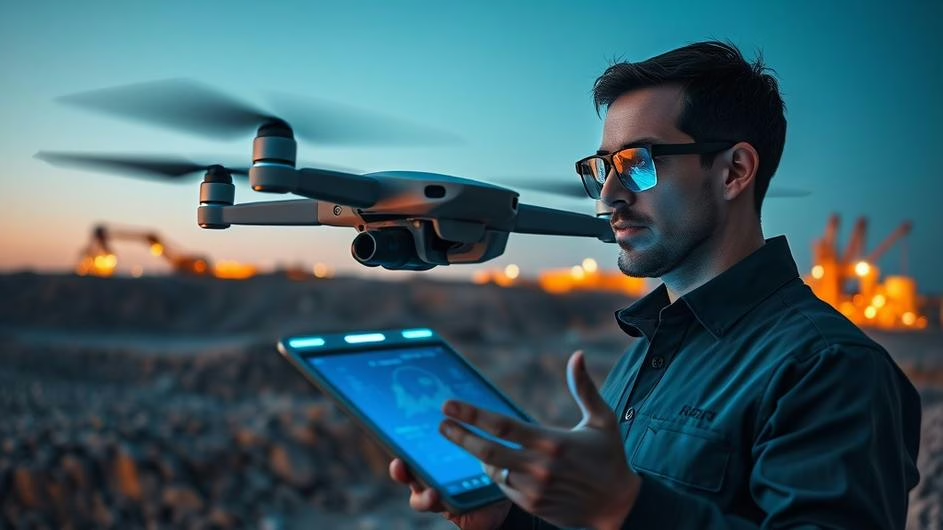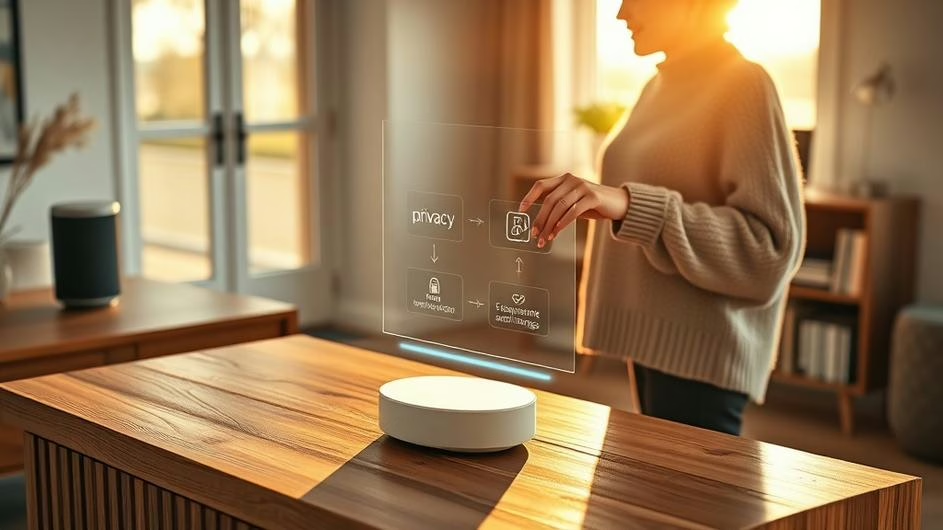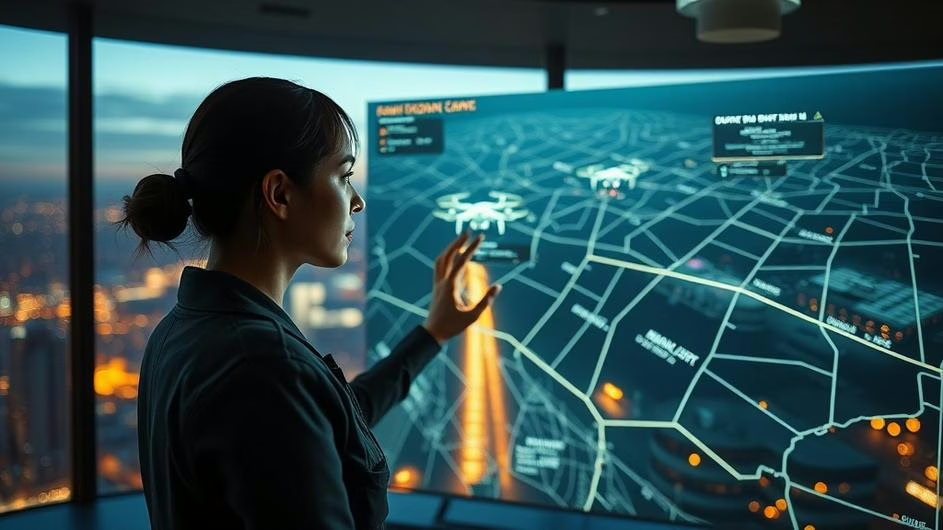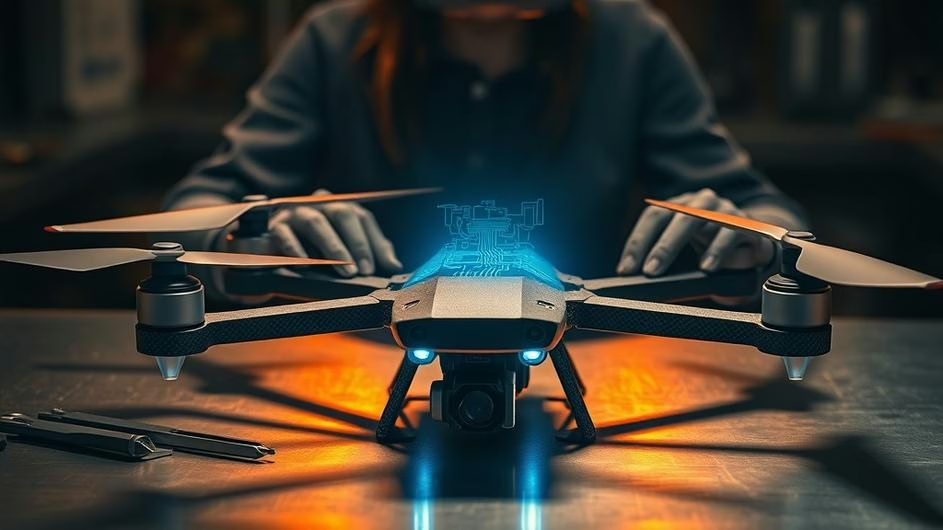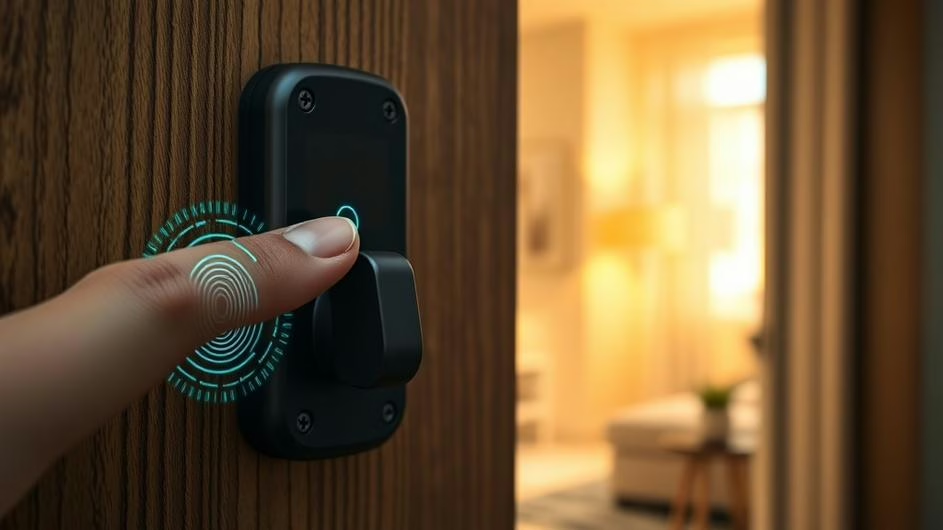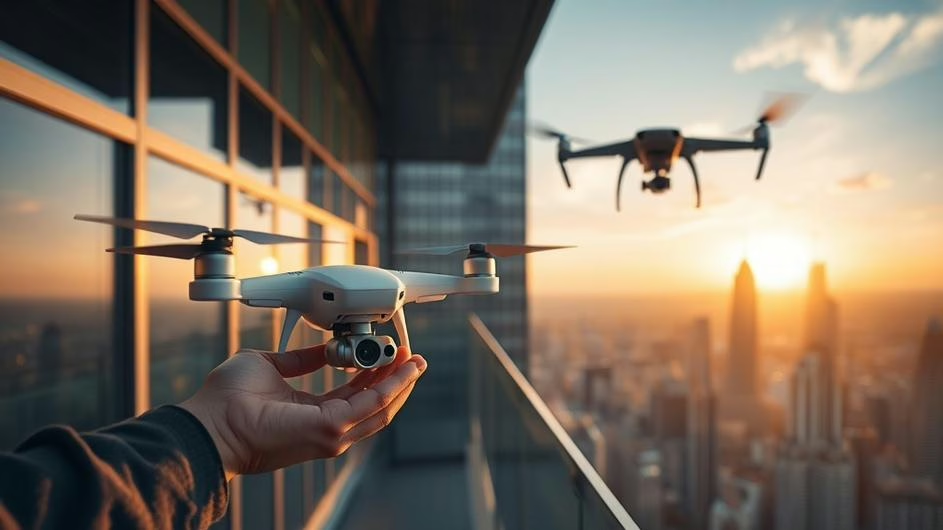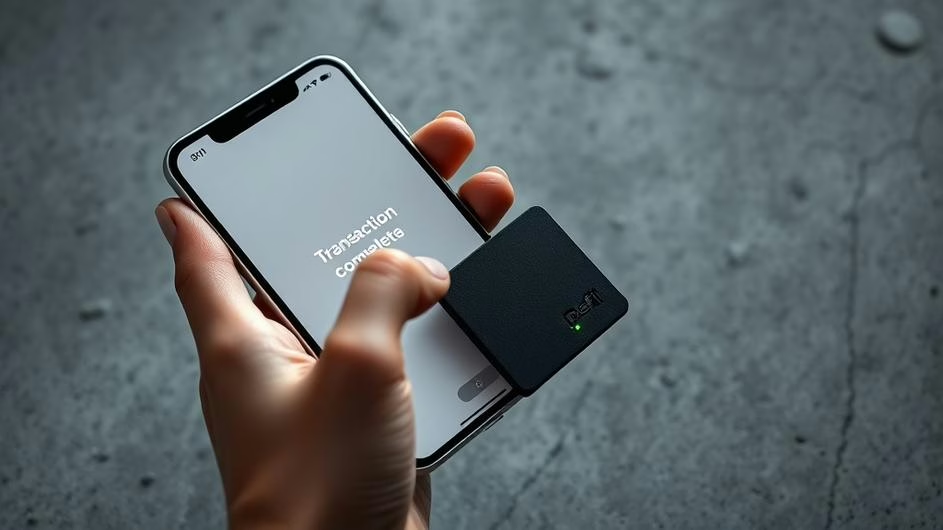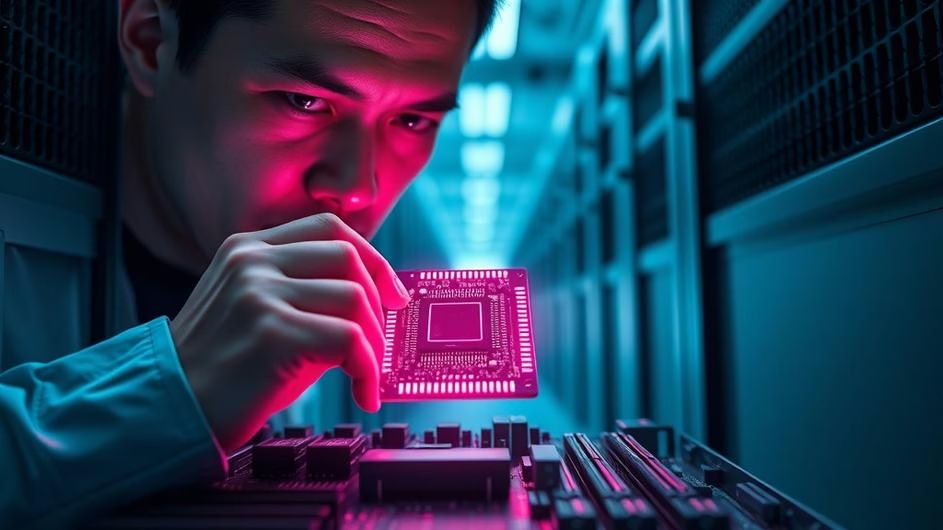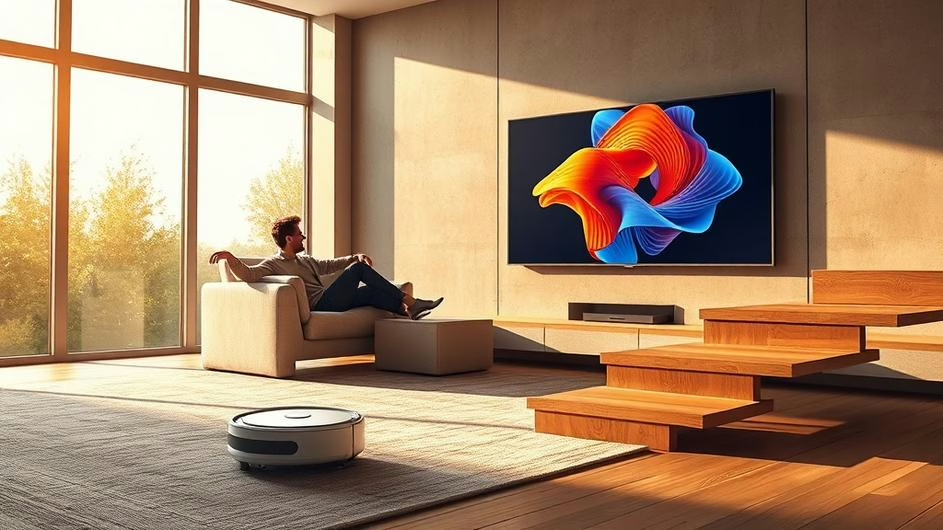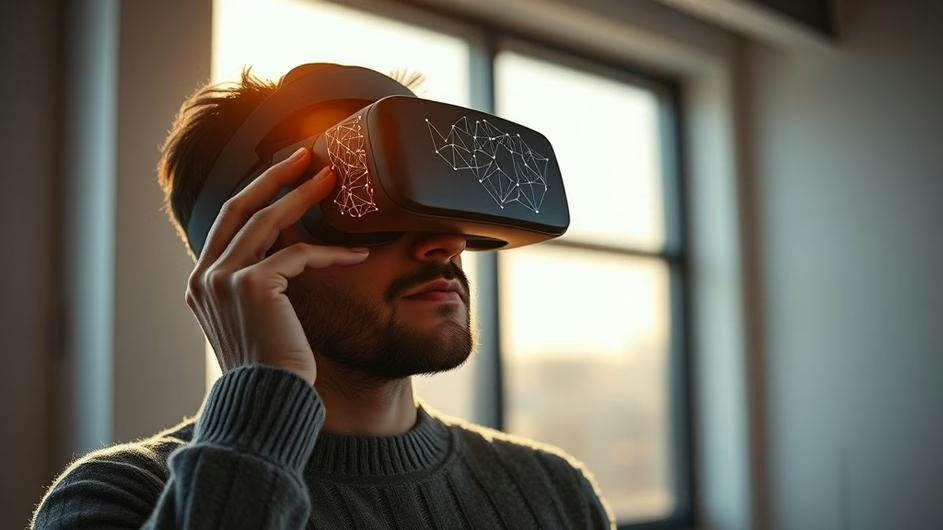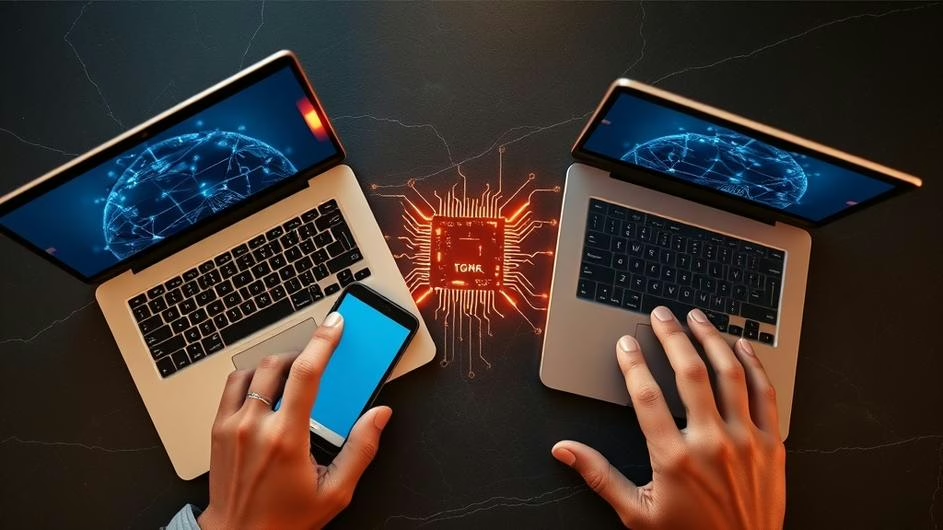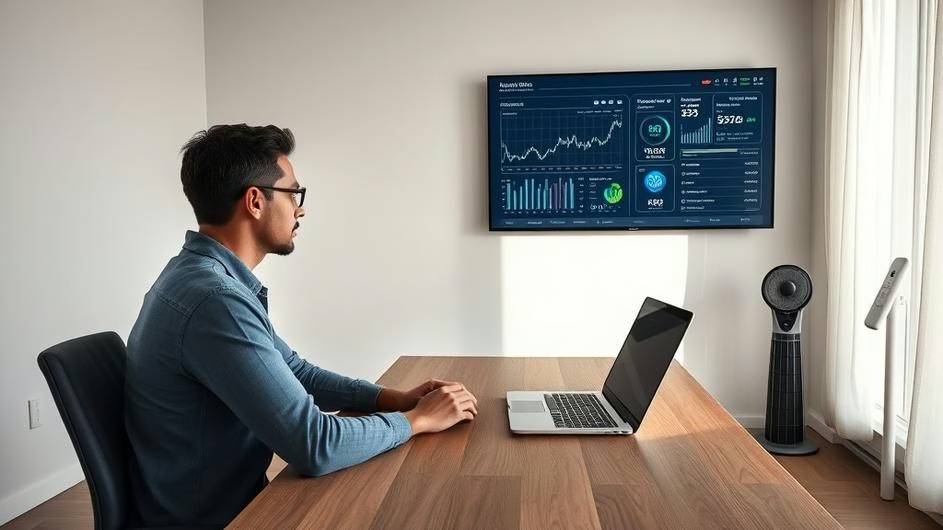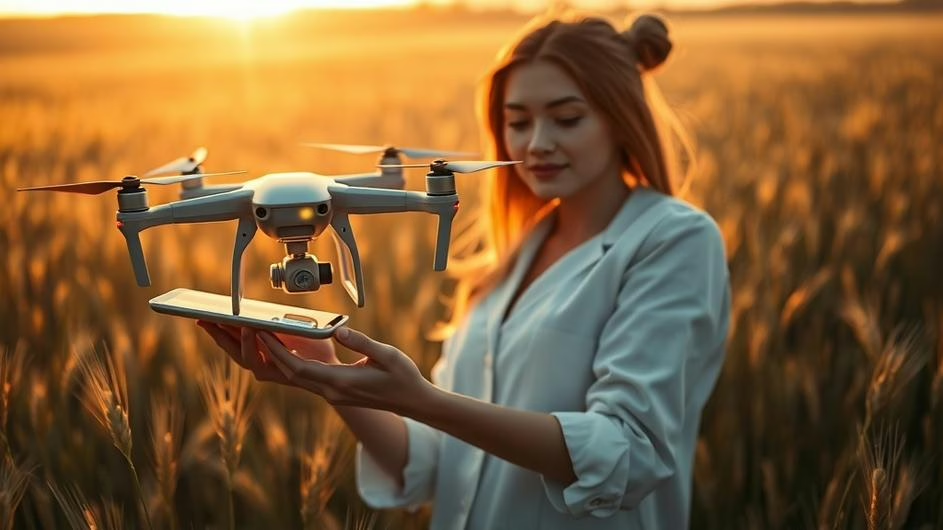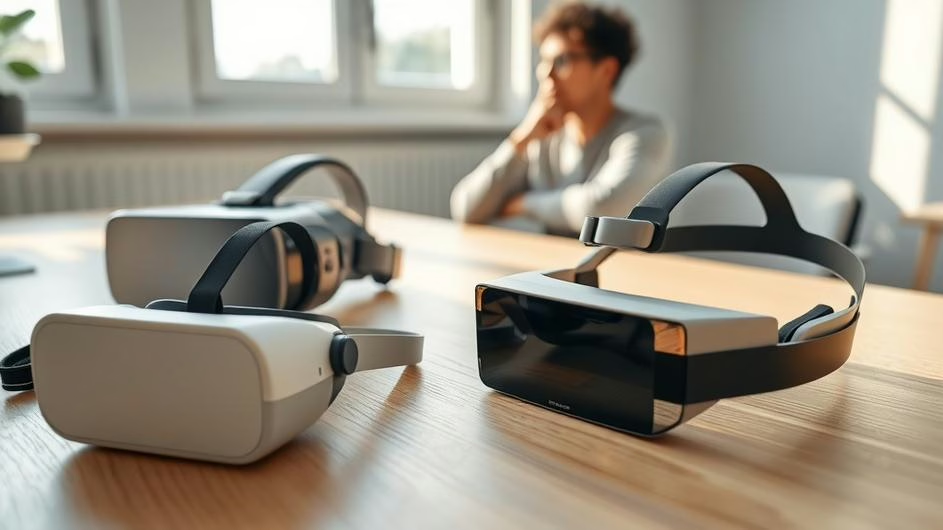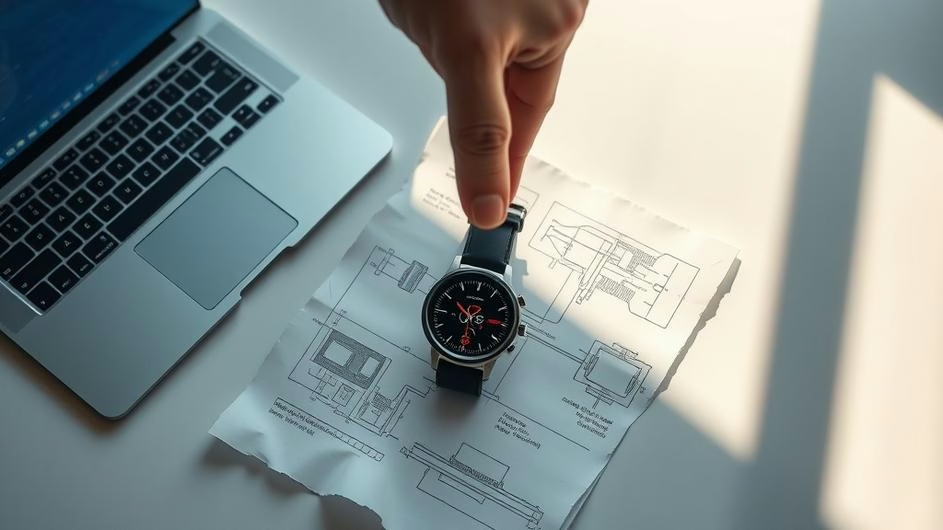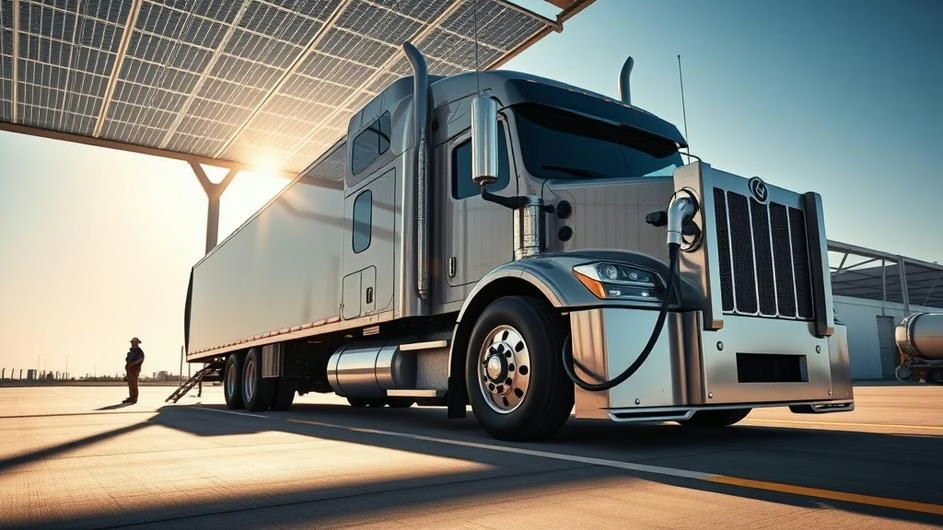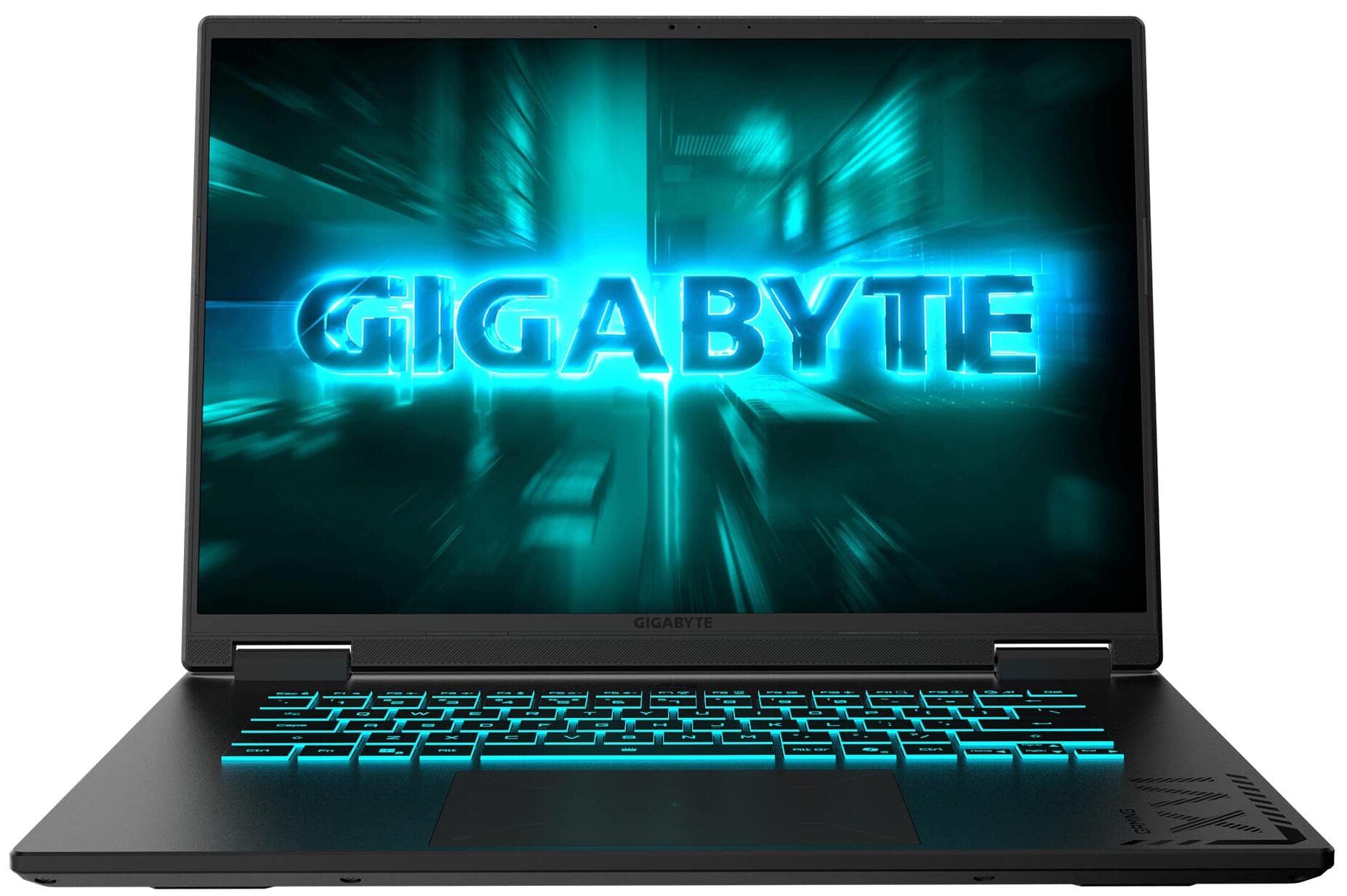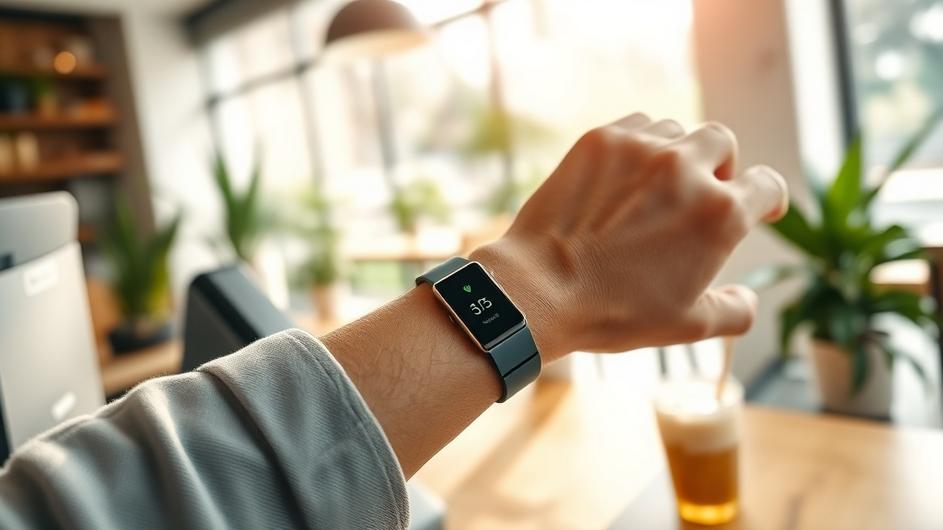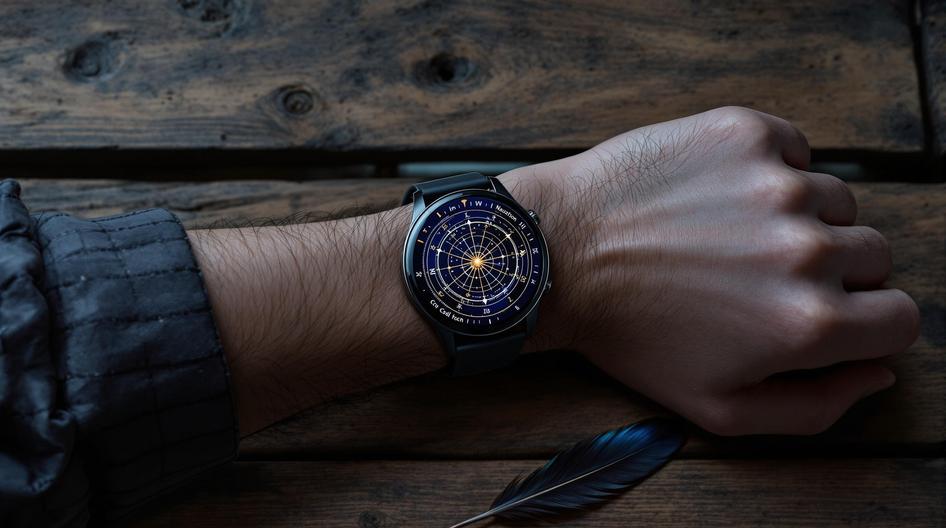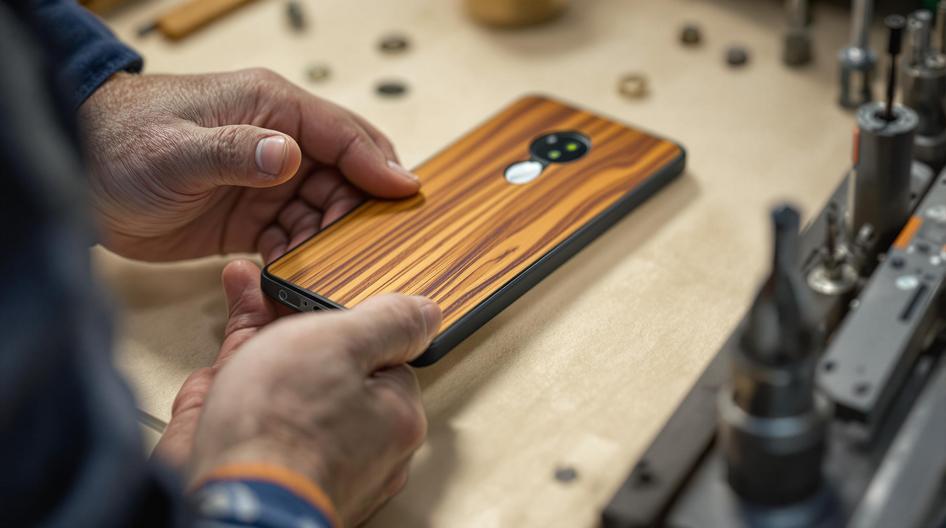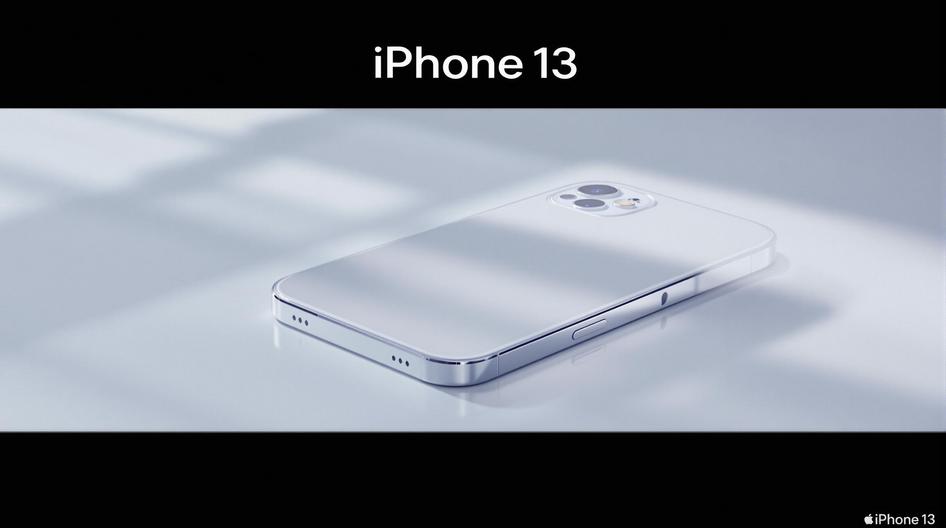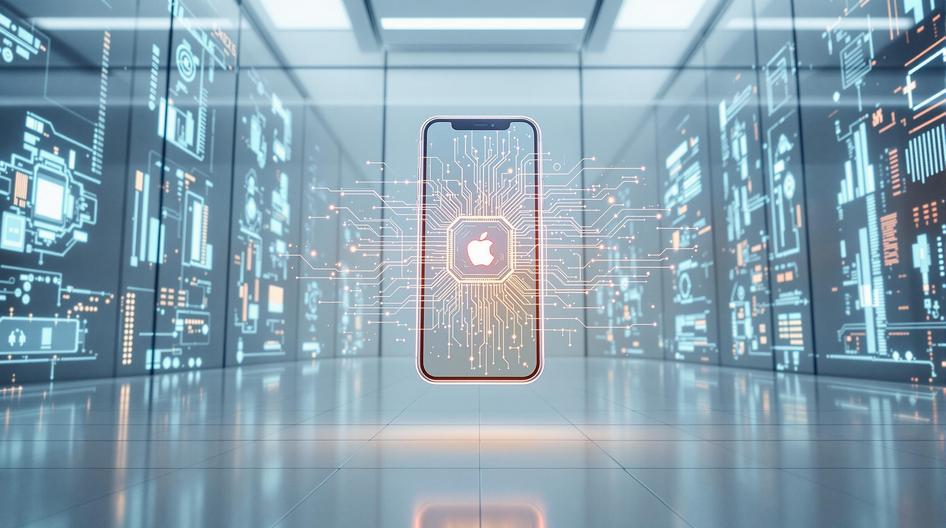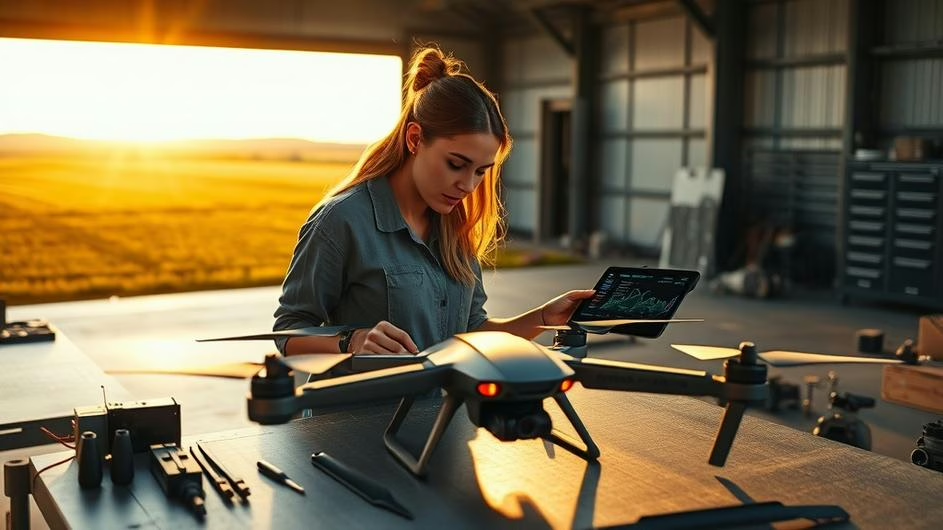
The Drone Revolution: Shaping Security, Warfare, and Innovation Across Industries
What happens when cheap consumer tech meets military innovation? You get drones that are reshaping everything from battlefield tactics to farming practices. These aren’t the clunky military prototypes of a decade ago. Today’s drones are agile, affordable, and increasingly autonomous. They’re changing how we think about security, agriculture, and even the decentralized systems that power crypto adoption.
The parallels between drone evolution and blockchain development aren’t coincidental. Both technologies thrive on rapid iteration, field testing, and community-driven innovation. Let’s dive into how drones are becoming the Swiss Army knife of modern tech.
Ukraine’s Tech Laboratory: Where Innovation Meets Reality
The conflict in Ukraine has become an unexpected proving ground for drone technology. It’s not just about military hardware anymore. Ukrainian forces are using first-person view (FPV) drones that cost a fraction of traditional military equipment but deliver devastating effectiveness.
These FPV drones can strike targets up to 14 kilometers behind enemy lines. A single pilot can run dozens of missions per day, constantly adapting tactics based on real-time feedback. Sound familiar? It’s the same rapid iteration cycle that makes AI development so powerful in the tech world.
The scale is staggering. Russia recently launched 810 drones and decoys in a single attack on Kyiv. Ukraine’s defenders shot down 747 of them, showcasing both the proliferation of drone swarms and the emerging countermeasures. It’s a cat-and-mouse game that mirrors the constant security battles in cybersecurity and crypto protocols.
Pentagon Takes Notes: Military Tech Goes Commercial
The U.S. military isn’t just watching from the sidelines. Marines recently tested commercial drone systems at Camp Pendleton, evaluating everything from hardware specs to autonomous capabilities. The Defense Innovation Unit’s G.I. Challenge brings together military brass and tech companies to figure out which drones can actually survive in contested environments.
What’s interesting is how this mirrors the development cycle in Web3 and blockchain projects. Just like crypto protocols that get stress-tested through DeFi exploits and network congestion, drone platforms are proving their worth through actual battlefield deployment. The feedback loop is immediate, brutal, and incredibly effective at weeding out inferior designs.
Think about it: both ecosystems reward platforms that can handle high-stress environments, adapt quickly to new threats, and maintain functionality when everything’s going wrong.
Airport Security Gets a Tech Upgrade
While military applications grab headlines, civilian infrastructure is dealing with its own drone challenges. U.S. airports are reporting over 100 drone incidents monthly, with several involving commercial aircraft. Congress is pushing legislation to deploy counter-drone systems at major airports.
This creates fascinating parallels with cybersecurity infrastructure. Airport anti-drone systems need to detect, classify, and neutralize threats without disrupting normal operations. It’s like smart contract security protocols that need to identify malicious transactions while letting legitimate ones through.
The challenge isn’t just technical. How do you balance security with innovation? The same question applies whether you’re talking about airport airspace or DeFi protocols handling billions in value.
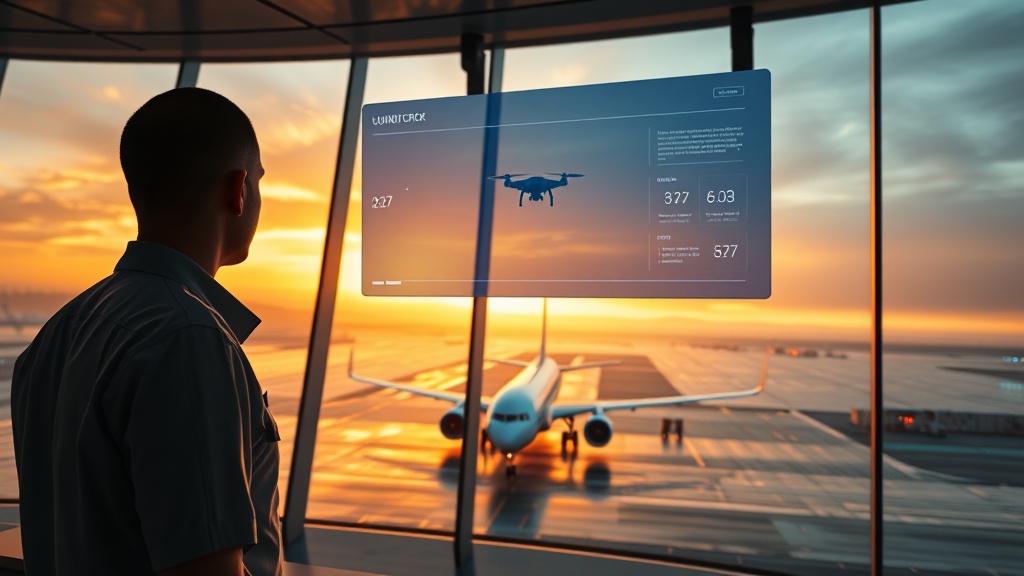
Farming Gets a High-Tech Makeover
Here’s where drones get really interesting for tech enthusiasts. Farmers are using drones to seed cover crops directly into standing fields, carrying 100-200 pounds of seed per flight. It’s precision agriculture at scale, using technology that was science fiction just a few years ago.
This democratization of advanced farming tech mirrors what’s happening in crypto. Just like DeFi protocols make sophisticated financial instruments accessible to anyone with an internet connection, agricultural drones are putting precision farming tools in the hands of smaller operations. The barriers to entry keep dropping, and innovation flourishes when more people can experiment with new approaches.
Want to test a new crop blend? Fire up the drone and see what happens. The cost of failure is low enough that experimentation becomes viable. That’s the same mindset driving DeFi innovation and smart contract development.
The Future is Autonomous and Decentralized
Drones aren’t just evolving in isolation. They’re becoming part of larger autonomous systems that could eventually integrate with blockchain-based governance structures. Imagine drone fleets managed by DAOs, with mission parameters determined by token holder votes and flight data stored immutably on-chain.
The tech is already moving in that direction. Modern drones generate massive amounts of telemetry data, make autonomous decisions based on AI algorithms, and operate in swarms with distributed coordination. Sound like any other technology ecosystem you know?
As augmented reality and AI technologies continue advancing, we’re looking at a future where drones become the physical manifestation of digital intelligence. They’ll collect real-world data, execute smart contract-like instructions, and adapt to changing conditions without human intervention.
What This Means for Tech Investors and Developers
The drone revolution offers lessons for anyone working in emerging tech. The sectors seeing the most innovation share common characteristics: low barriers to experimentation, rapid feedback cycles, and strong incentives for iteration.
For crypto developers and investors, drones represent a physical parallel to digital transformation. Both fields reward platforms that can handle stress, adapt quickly, and provide real utility. The regulatory challenges are similar too, with governments trying to balance innovation with safety concerns.
Looking ahead, expect convergence between drone technology and blockchain infrastructure. We’re already seeing blockchain-based drone identity systems and cryptocurrency payments for drone services. The next step could be fully autonomous drone economies operating on decentralized protocols.
The drone revolution isn’t just about flying gadgets. It’s about proving that rapid innovation, field-tested reliability, and decentralized coordination aren’t just crypto dreams. They’re engineering realities that are reshaping industries from warfare to agriculture.
Sources
- US bill would direct FAA to protect major airports from drone threats – FlightGlobal, September 4, 2025
- How Farmers Are Using Drones to Seed Cover Crops – Successful Farming, September 9, 2025
- Ukraine Government Building Damaged in Kyiv in the Largest Russian Attack Since the War Began – Military.com, September 7, 2025
- The Pentagon is trying to figure out which drones to buy. The Marines just put a bunch to the test. – Business Insider, September 9, 2025
- ‘It is a war of drones now’: the ever-evolving tech dominating the frontline in Ukraine – The Guardian, September 6, 2025

